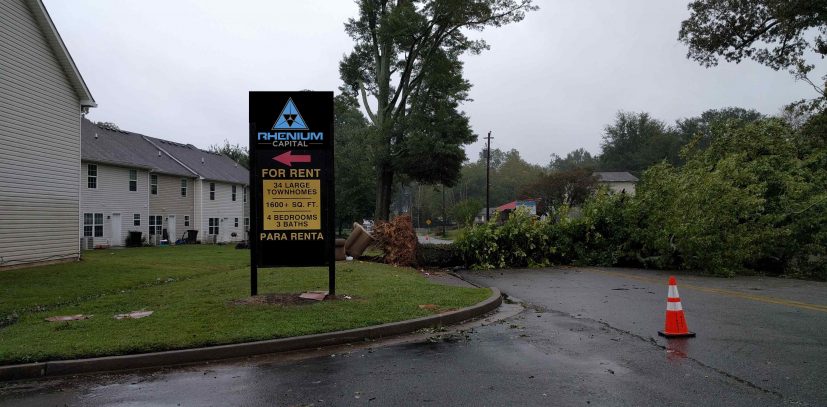Some on Wall St, main street and the banks feel that real estate has reached yet another high I tend to agree and that prices will inevitably come down. Prices have essentially peaked across the board and transaction volume is losing steam. But what makes this current up cycle different from the last? For one, a real estate induced financial meltdown is very unlikely to occur meaning this cycle may not end with a loud POP. Lending, rates and regulations seem to be working a bit smarter and the only trace of a bubble seems to be contained to venture capital and luxury condos to which our financial industry isn’t overly exposed.
Tech investment has already peaked according to just about everyone. Although valuations took a hit, venture capital still raised record amounts of cash to continue to “chase unicorns” while others are preparing for the inevitable fallout. This tech bubble isn’t expected to be as big as the 2000 bubble and should be much more contained, unless you’re office space in San Fran or Manhattan or an investor looking to cash out of their crowdfunding shares. The new crowdfunding legislation going into effect should be a boon for entrepreneurs and small business, unfortunately it won’t move the needle much for CRE given that it focuses on companies raising $1 million or less. Overall, there are more than 125 real estate crowdfunding sites with very few considered attractive to investors according to a recent article showing only 1 in 5 sites pass their investor test. With that said, the future is looking a bit dim for VC investors.
The luxury condo market is facing an interesting dynamic. I’m no condo expert, but it’s very easy to see that the high net worth and foreign buyer pool that fueled the rise of the most recent luxury development trend in urban cities like New York, San Francisco and Miami has essentially tapped out. Prices have essentially frozen in most markets and inventories are starting to pile up just as new units are being delivered. Developers are reportedly cutting back on future project plans. This time around the sector wasn’t nearly as leveraged as the last cycle and there is an ample supply of opportunistic capital waiting on the sidelines. Any significant correction in luxury condo prices should be fairly selfcontained with, hopefully, minimum spillover to hospitality and apartments.
With NO price growth forecast for 2016 and funding for CRE coming off banner years private capital investors and lenders alike are becoming a bit more cautious chasing deals. CRE prices have plateaued and transaction volume is beginning to taper off. Although financing for construction and valueadd deals has become more difficult to obtain, the current demand for core product like well occupied office, retail and multifamily properties has all signs concluding that 2016 will be another great year for CRE. The only potential hiccup hitting CRE in 2016 may be less than stellar demand for refinancing the “wall of loan maturities” hitting CMBS coupled with new risk retention rules going into effect later this year. But the recent growth in opportunistic lending and crowdfunding means there’s likely to be plenty of capital from bridge and mezz lenders that should help minimize any potential refi friction.
The current trends during this CRE cycle peak seem to suggest that this time IS a bit different in that there is no prevalent bubble. Liquidity is abundant, risk is being properly underwritten and new regulations appear to be somewhat keeping pace with industry trends. The market seems to be doing a much better job of keeping itself in check than in the past. We’ll see how long the market can keep this pace without getting over inflated











